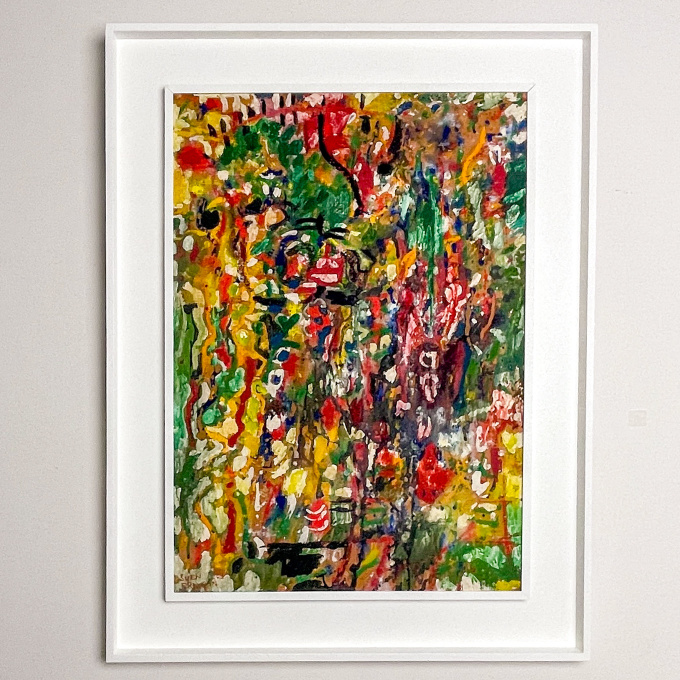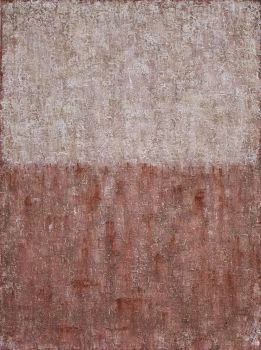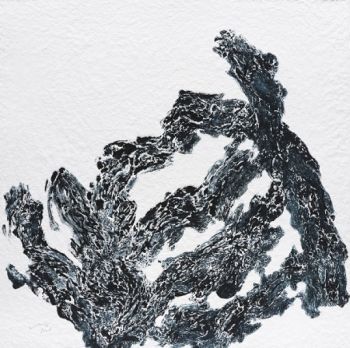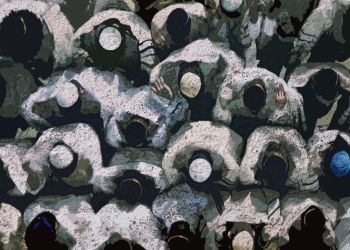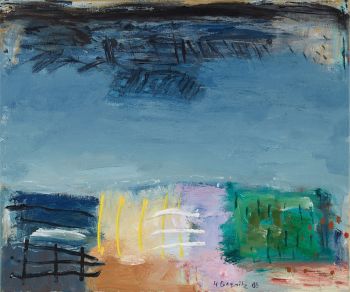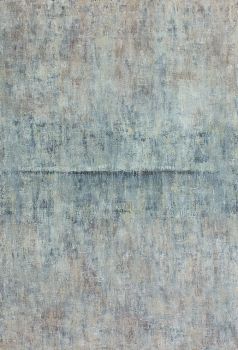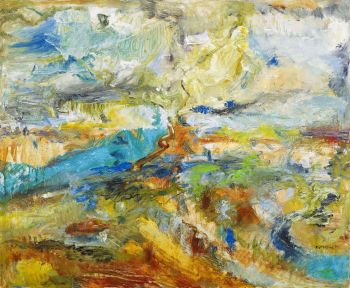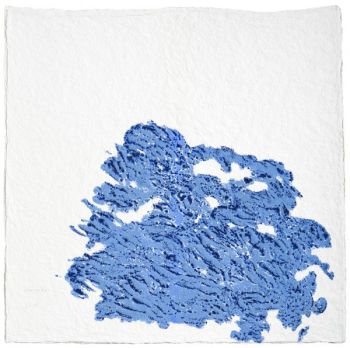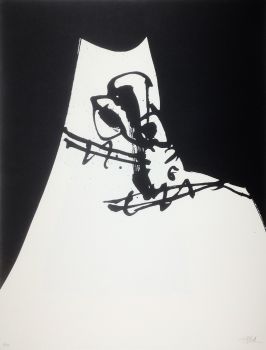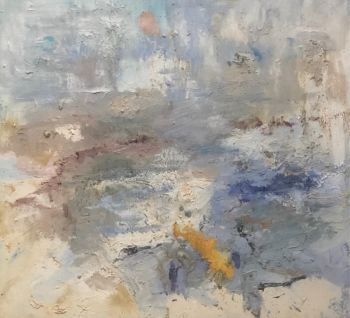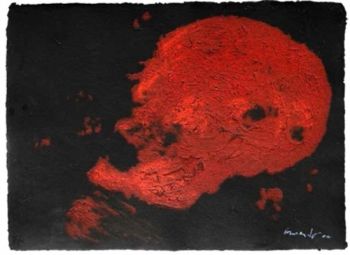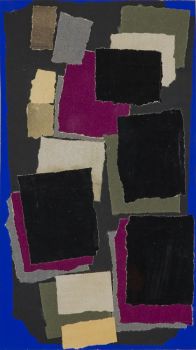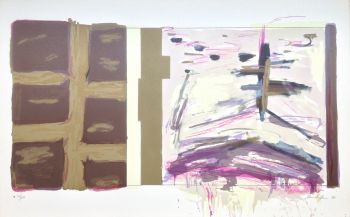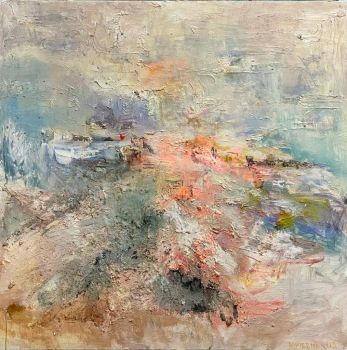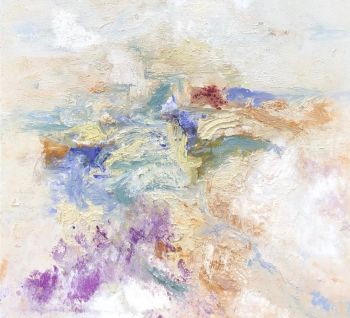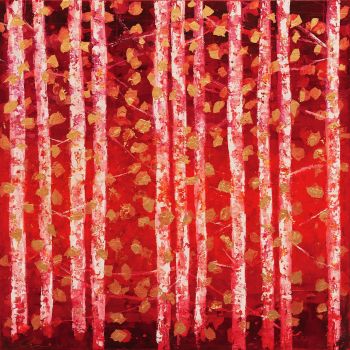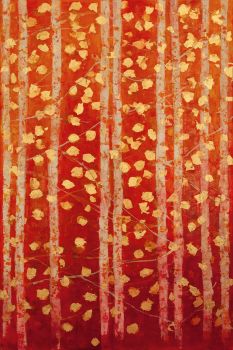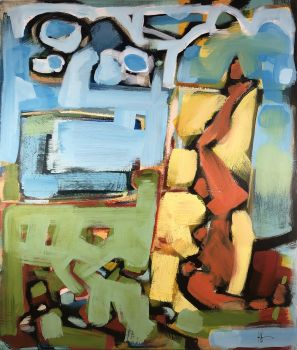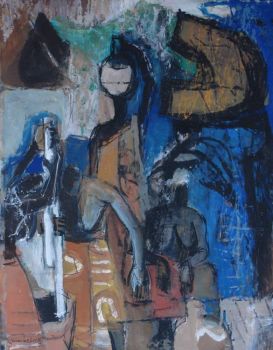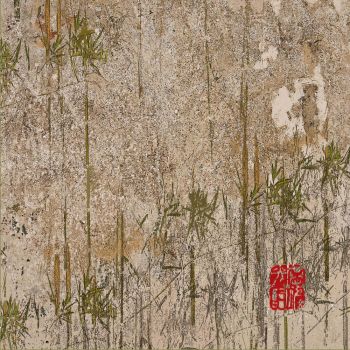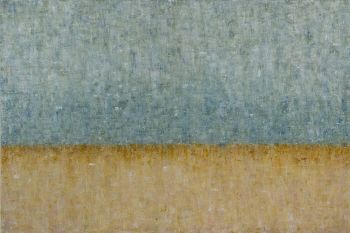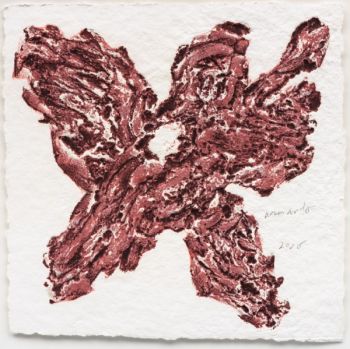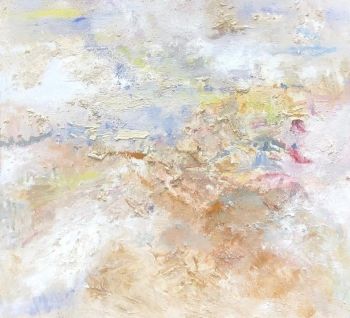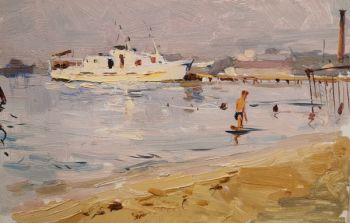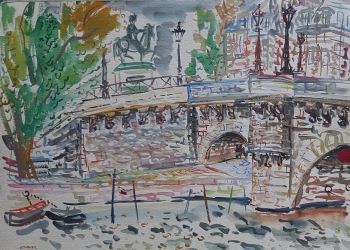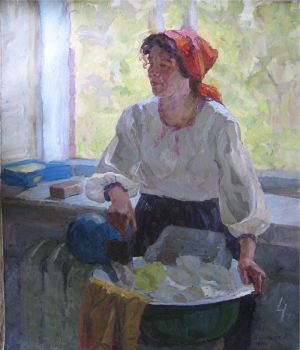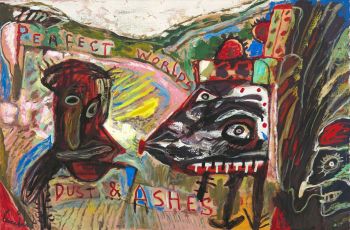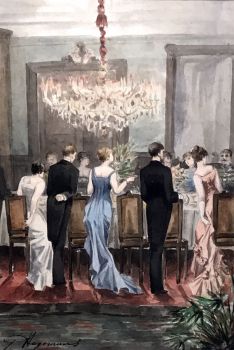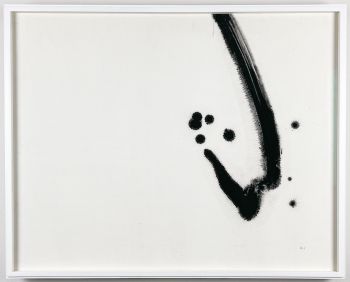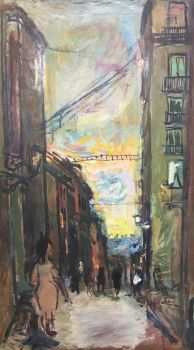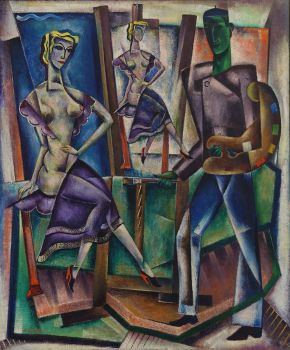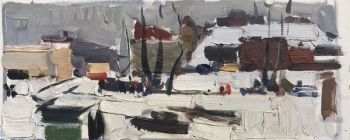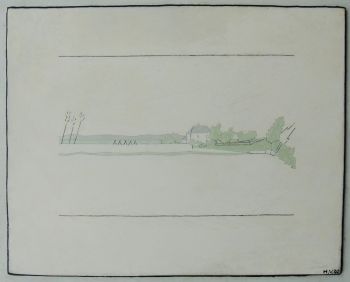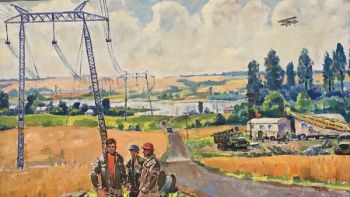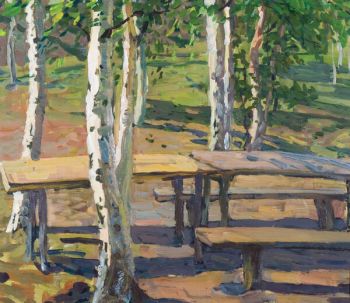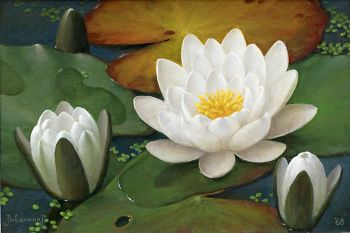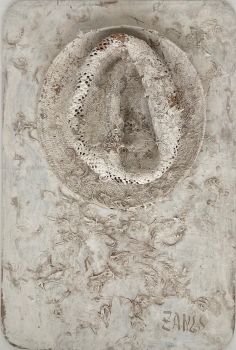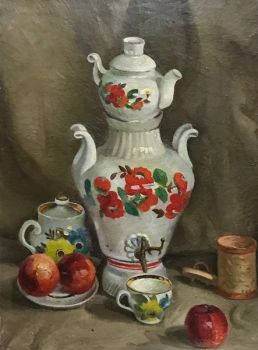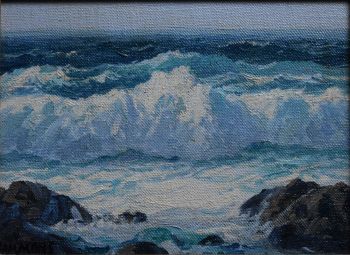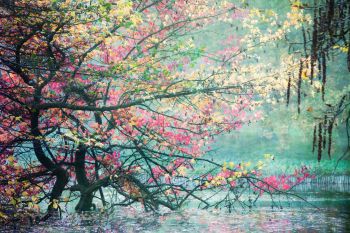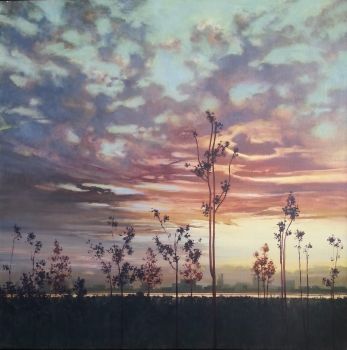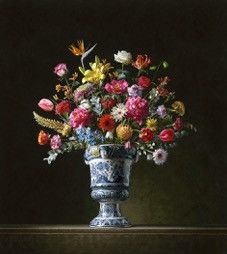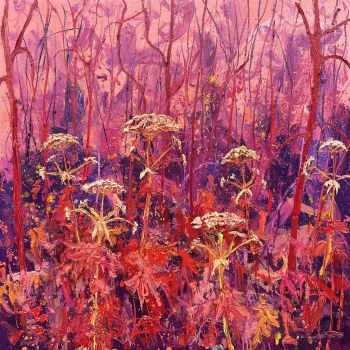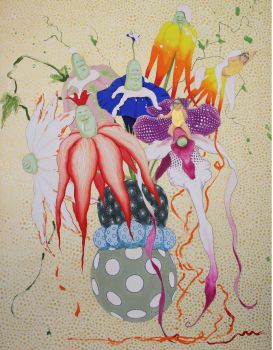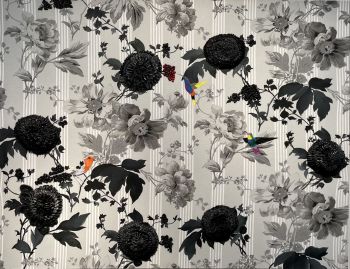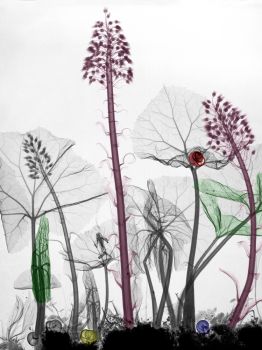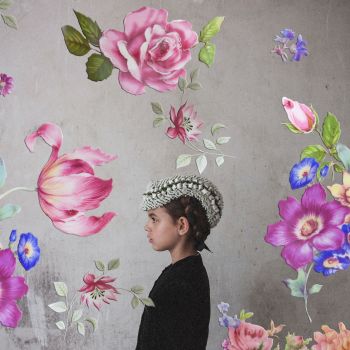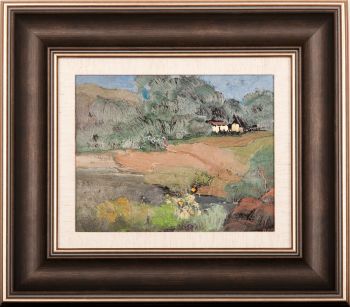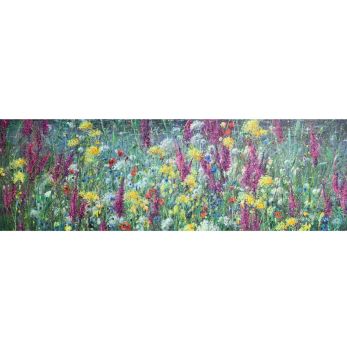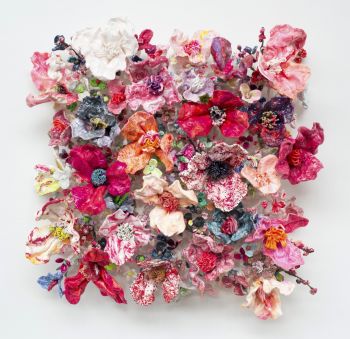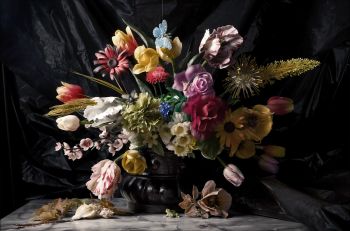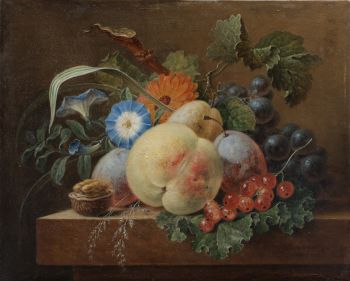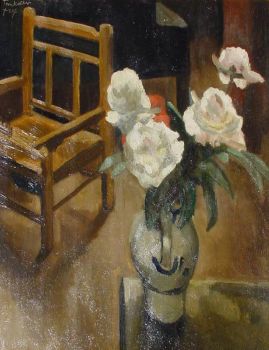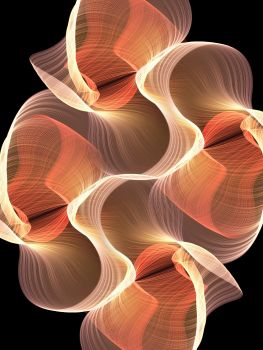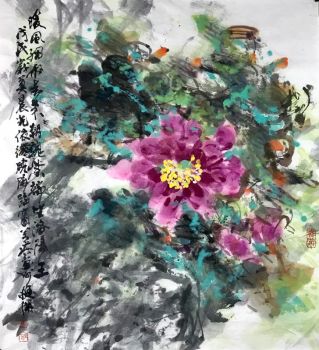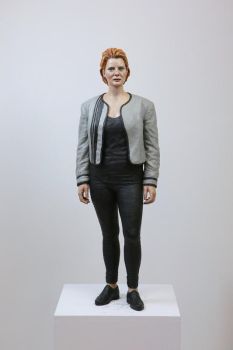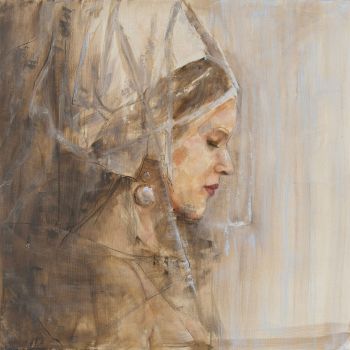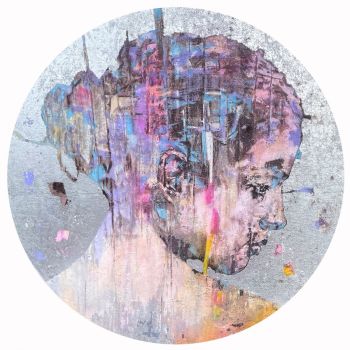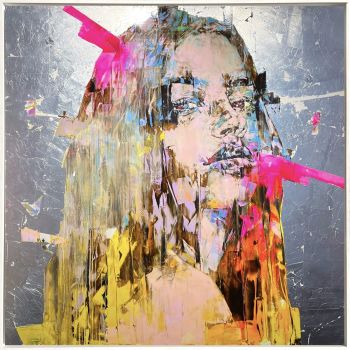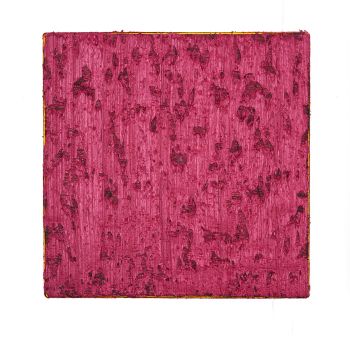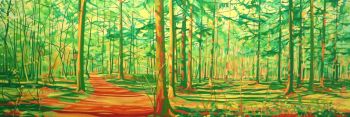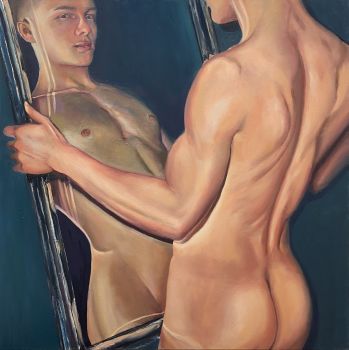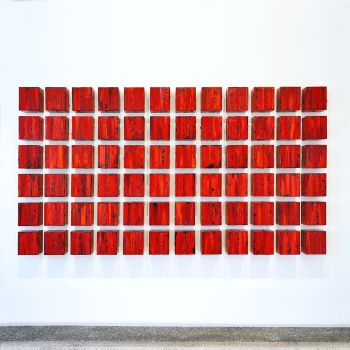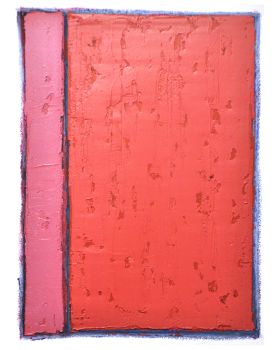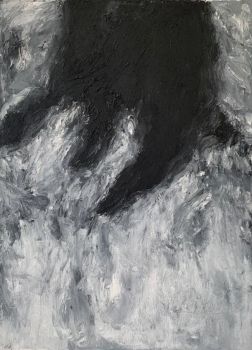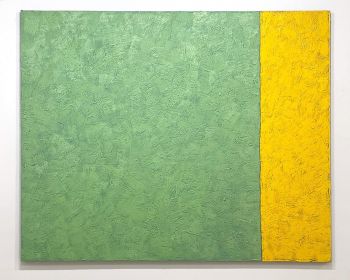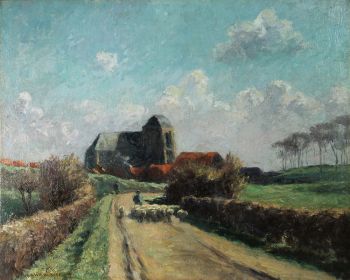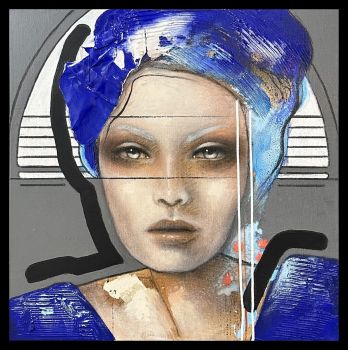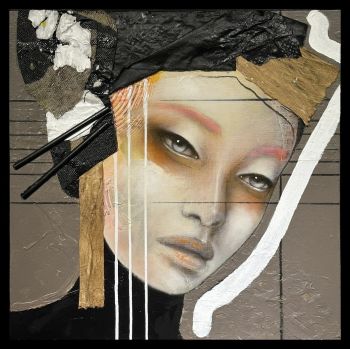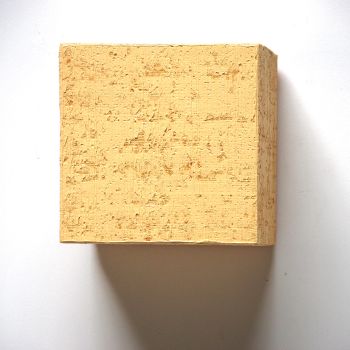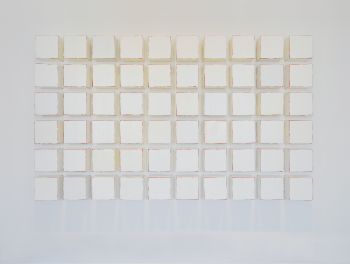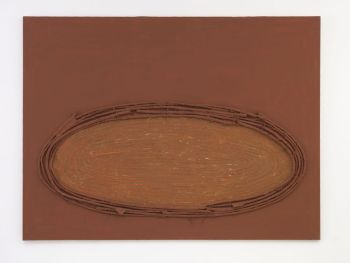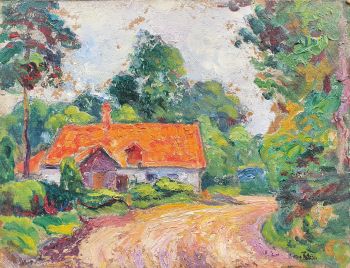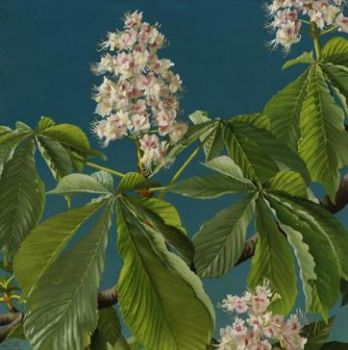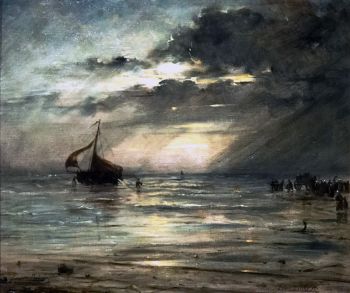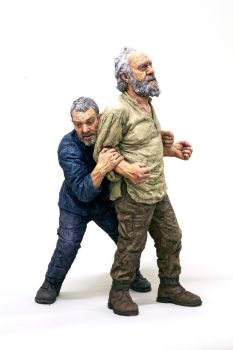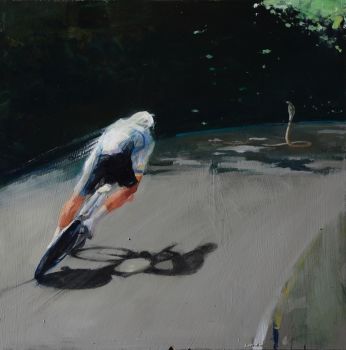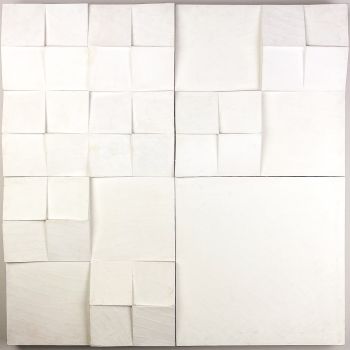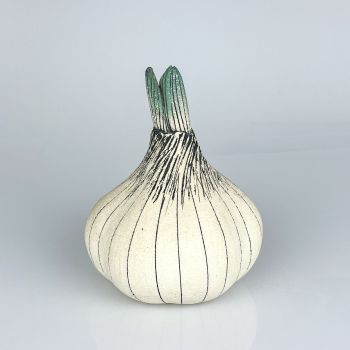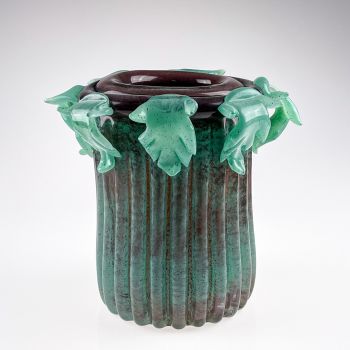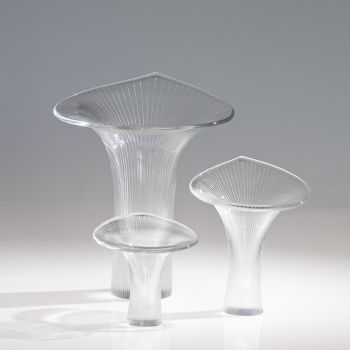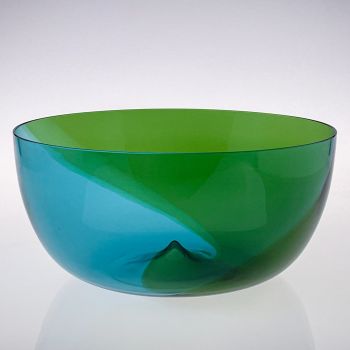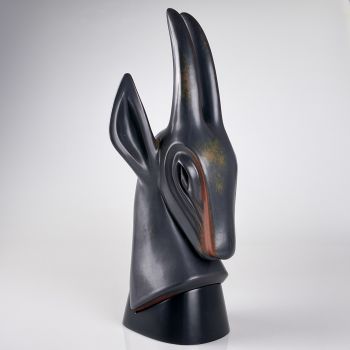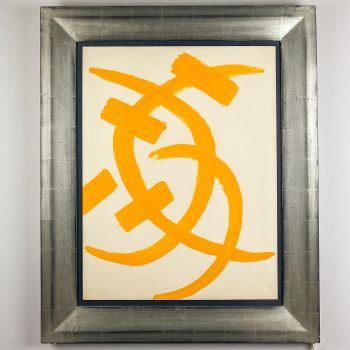Sven Erixson – “Red Flowers”, 1962 – oil on board, profesionally framed 1962
Sven Erixson
WoodBoardOil paintPaint
77 ⨯ 59 ⨯ 5 cm
ConditionGood
Price on request
Van Kerkhoff Art
- About the artworkAn original oilpainting on board, “Red Flowers”. Painted by Swedish artist Sven Erixson in 1962.
Signed and dated by the artist (front, bottom left). Titled on the reverse in pencil.
Professionally framed in a bespoke, painted wooden frame. Ready to hang.
About Sven Erixson
Sven Leonard Erixson (Tumba, Sweden 1899 – Saltsjöbaden, Sweden 1970) was a Swedish painter and sculptor. Affectionately known as “X-et” (X), he left an indelible mark on the Swedish art scene during the 20th century.
Erixson’s path to becoming a respected artist was a long and challenging one. He started his artistic journey as an apprentice to a master painter at the age of 14. As his passion for art grew, he honed his skills in decorative painting. Simultaneously, he took on the role of a drawing instructor at the Konstfack. A pivotal moment in his artistic education came when he spent a year at the Royal Swedish Academy of Arts. Notably, he later returned to the academy as a Professor of painting from 1943 to 1953.
Erixson’s body of work is a testament to his diverse talents. His paintings often featured landscapes with figures, infused with motifs from sunny southern locales. He also had a knack for capturing the essence of urban life and maritime scenes. His repertoire extended to intimate interiors and delicate floral compositions. In the last decade of his life, his work changed and he paintings became increasingly abstracted.
His artistic inspiration ranged from Medieval Folk art to the spirited strokes of German Expressionism. Erixson’s love for travel greatly influenced his work, drawing inspiration from Spain and the south of France. During his travels, he sought out the works of both old masters and contemporary artists, including Goya and Velazquez at the Museo del Prado, El Greco in Toledo, and Paul Klee, Lovis Corinth, Gustav Klimt, and Egon Schiele at the Bavarian National Museum.
Erixson holds a very significant place among Sweden’s modern painters, with his works displayed in most Swedish art museums. In 1932, he co-founded the artist-led gallery ‘Color and Shape’ (Färg och Form). His artistic pursuits extended beyond easel painting, including the creation of frescoes in the Holy Cross Chapel at Woodland Cemetery in Stockholm (1938 to 1940) and a significant fresco in the town hall of Huddinge (1948 to 1949), where he incorporated his childhood memories of the railroad town. Erixson’s creative endeavors also involved theatrical decor, such as his work on Garcia Lorca’s “Blood Wedding” in 1944 and his costume sketches for “Aniara” in 1959. - About the artist
Sven "X-et" Leonard Erixson (23 November 1899 – 17 May 1970) stands out as a seminal figure in Swedish art, celebrated for his multifaceted contributions as a painter and sculptor. Born to Alfred and Mathilda Eriksson, he was woven into a family that would see the arts flourish across generations, with his marriage to Ingeborg Erixson producing two children who followed in their father's creative footsteps: Sverre Erixson, an artist born in 1932, and Irma Erixson, an actor born in 1937.
Erixson's path to artistic recognition was marked by dedication and a rigorous pursuit of knowledge. Beginning his formal training at the tender age of 14 under a master painter, he expanded his skills into decorative painting and embraced a role as a drawing instructor at Konstfack, Sweden's largest university for arts, crafts, and design. His educational journey further led him to the prestigious Royal Swedish Academy of Arts, where he not only studied but later imparted his wisdom as a Professor of painting from 1943 to 1953.
His artistic oeuvre is both broad and deep, capturing landscapes populated with figures, vibrant city and port scenes, intimate interiors, and delicate floral arrangements. Erixson's palette drew from a rich tapestry of influences, from the rustic charm of Medieval Folk art to the bold strokes of German Expressionism. A voracious traveler, he found endless inspiration in the landscapes and artistic heritage of Spain and the south of France, diligently studying the works of luminaries such as Goya, Velazquez, El Greco, Paul Klee, Lovis Corinth, Gustav Klimt, and Egon Schiele in their native settings.
Erixson's legacy as one of Sweden's paramount modern painters is undisputed, with his works gracing the collections of major Swedish art museums. He was instrumental in founding the artist-led gallery 'Color and Shape' (Färg och Form) in 1932, marking a pivotal moment in Sweden's modern art movement. His commissions are numerous and varied, including the evocative frescoes of the Holy Cross Chapel at Woodland Cemetery in Stockholm (1938-1940) and the captivating fresco in the Huddinge town hall (1948-1949), which intricately blends his childhood memories with the town's railway heritage. Beyond the canvas, Erixson's creative spirit found expression in theatrical decor, notably for Garcia Lorca's "Blood Wedding" in 1944, and in his designs for decor and costumes for "Aniara" in 1959, showcasing his versatile and imaginative approach to art.
Are you interested in buying this artwork?
Artwork details
Related artworks
- 1 - 4 / 24
- 1 - 4 / 24
Frères Daum
Daum Nancy – “Paysage Soleil Couchant” vase with two applied handles1900 - 1910
Price on requestAntiques Emporium
1 - 4 / 24- 1 - 4 / 24
- 1 - 4 / 12

